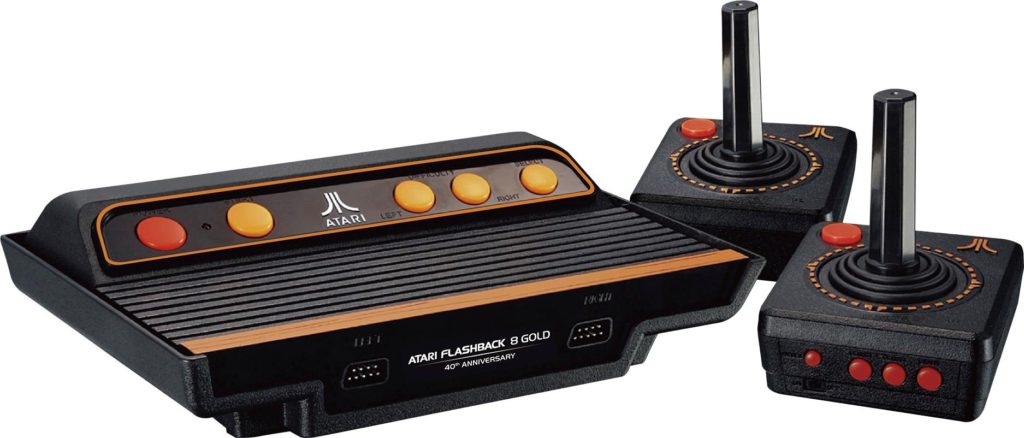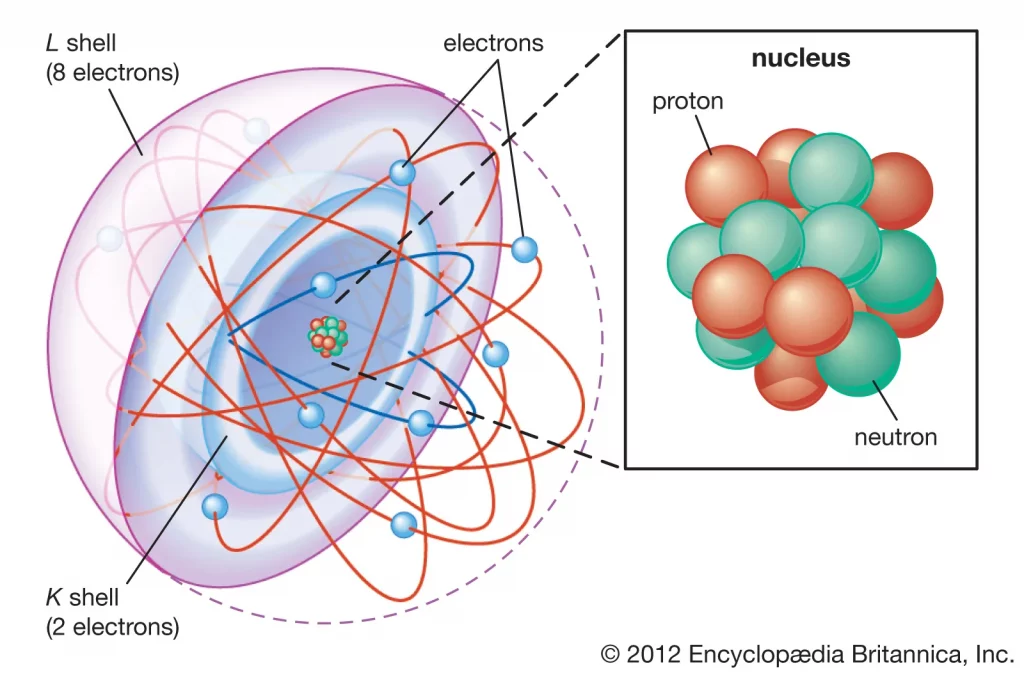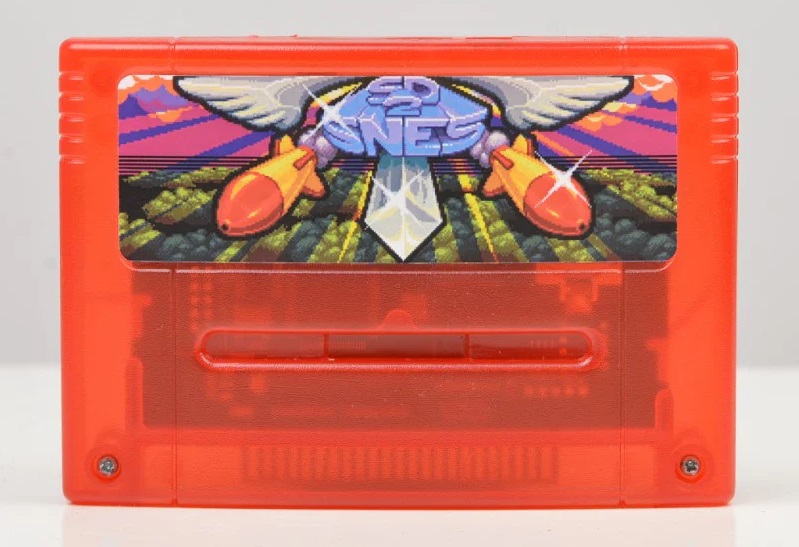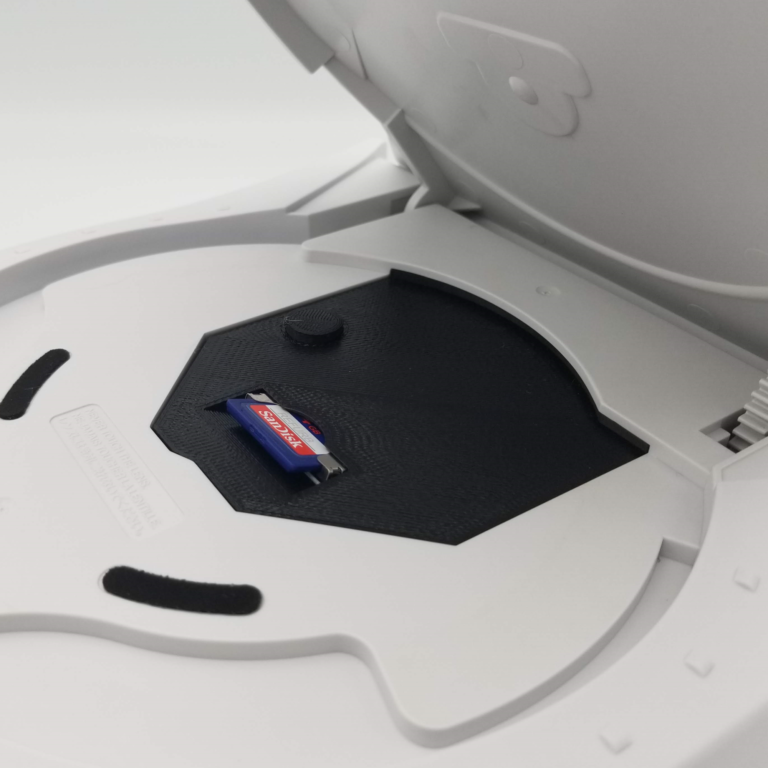I have been on a long, expensive, two pronged quest to (1) make all games playable with original hardware (2) on my modern television. The two huge caveats are that it may all stop working at some point when the HDMI standard is replaced by something good, and “all games” actually means a lot of games, not “all games” as you would reasonably infer by my choice of the words “all games.” I covered some of my journey setting up old consoles for my OLED months back, so it is time to discuss the game portion. I will spoil it for you now – the answer is piracy.

Just joking, obviously I have cartridges and CD/DVDs for anything I have in ROM or ISO form because I deeply respect copyright law. It feels like just having the games should account for the majority of this whole project, but ripping or finding them in dark corners of the internet is the easier and cheaper part of the process. But I am getting ahead of myself, first let’s go into which systems’ libraries I am discussing with the use of a fun list.
- NES
- Master System
- PC Engine
- PC Duo
- Genesis
- Sega CD
- SNES
- 3DO
- Saturn
- PS1
- N64
- Dreamcast
- PS2
- Xbox
- Gamecube
- Wii
- Game Boy
- Game Gear
- Game Boy Advance
- DS
- PSP
- 3DS
- Vita
Going into excruciating detail system by system would be significantly less enjoyable for you than it would be for me, so I will start at a high level and lull you into a false sense of security – there are two or three major categories of playing backups on these systems, someone more technically savvy could break them down further perhaps, or explain why all methods are really the same. You see, all atoms are composed of the same fundamental building blocks…

Older systems and (some?) handhelds use flash carts in their cartridge slots to mimic a game ROM. The very early disc-based systems have no copy protection and you can just pop a burned CD into them and play it. The mid-era disc systems often use a disc drive emulator (or Optical Drive Emulator, ODE) to get files on SD cards or hard drives to be read as if they were actual game discs. Then the later disc consoles can just load game backups off their hard drives, once properly modified. The technical differences between ODE and playing games off a hard drive are fuzzy to me, and I think some hard drive mods actually are simultaneously drive emulation (PS2 specifically, maybe).
The cart based consoles are the easiest to deal with: buy a flash cart from Ukrainian KRIKzz or a clone on AliExpress that will likely quickly break, add some ROMs and maybe a firmware file to an SD card and you’re done. Unfortunately, these flash carts can be expensive and it really adds up when you want to make a slew of consoles’ libraries fully accessible: N64 $200 + Genesis $119 (you can play Master System and Game Gear games with this) + GBA $104 (can be used for Game Boy) + NES $184 + TG16 $89 + SNES $235 = $931. You can buy cheaper, less feature filled versions of some of these (and more expensive versions of some, especially if you require realtime clocks on consoles that had no games or features requiring a realtime clock) but you’re still going to spend a lot if you’re stupid enough to try doing something similar to what I am doing.
The DS, 3DS, PSP, and Vita can all be hacked and then handled in a similar fashion. The DS still requires a flash cart of sorts to load games from after the OS has been compromised, whereas the 3DS uses an SD card, and Sony’s handhelds will simply load games off the proprietary memory. A lot of hacks require specific revisions of the consoles or handhelds, so if you have a later issued system that removes hackability, just go buy another. Easy!

CD-based consoles are generally harder to deal with, except for the TG16 CD and the Sega CD. These are so old that copy protection didn’t need to exist as no consumer had a CD burner with which to pirate games. So burn those copies of Rondo of Blood and Snatcher already. For my Saturn and Dreamcast I went with expensive, easy solutions. The Satiator was about $50 thousand ($260) and allows me to keep the disc drive in my Saturn because it plugs into one of the weirdo ports on the console. If you need to watch video CDs on your Saturn, you are out of luck and also the only person on earth who has this problem.
I bought a MODE ($208 but in some evil currency the British warned us about) for my Dreamcast, which I slotted into my black sports console that had a laser clearly on the verge of death (based on the louder than usual grinding noises and persistent chain smoking). The MODE can also be used in the Saturn, but the idea of opening up the consoles to swap the optical drive emulator between them seemed insane.
The GameCube used to be a bigger hassle before the GC Loader ODE ($90) was released in a “plug and play” variant. Like the Dreamcast’s ODE, I installed this one myself. The confusing part comes when you learn there are certain features and savable settings that require a memory card slotted into the underside of the GC. It turns out a lot of the systems lack the correct port, and of course mine did. So this mod cost me an extra GC in addition to the GC Loader and the little plug-in board for the port I didn’t have.

Hacking a PS2 took some real effort and I also had some pretty high demands – all PS1 and PS2 games from all regions playable on a single, real console. Installing a modchip was quite difficult, in fact so difficult I bricked a PS2 slim in the process and decided to try another method. Using a memory card with Free McBoot on it seemed the obvious way to go, and I wouldn’t have even had to pay for a card with FMB pre-installed had I not lost the now expensive PS2 to PS3 memory card transfer thingy. Next, I had to get a network adapter that was pre-modded to allow a SATA drive to be installed (they use IDE by default, and those are small). The hardest part of the process was then using a program to add games to the hard drive. If I had to do it all again, I would basically be starting from scratch and referring to this walkthrough again. At least the process cost much more time than money.
For the PS1 I went with the XStation, which is an ODE that slots into the console much like the MODE or GC Loader, only installation requires significant soldering as well. Having learned my lesson after breaking a PS2, I went with a reputable modder. It wasn’t cheap, though getting my Game Gear fixed up, and adding RGB out to my PC Engine Duo R and having it recapped (see more on console outputs here) probably took the majority of the roughly $500 I spent.
The Wii and Xbox remain. Maybe after I finish modding them I will update this post (I won’t). Both require some OS hacking and the Xbox seems really involved but to be able to play Drake of the 99 Dragons, what wouldn’t I do? My Wii has been hacked since Xenoblade came out in Europe but there is both more work to be done and lapses in time always seem to put me back at the starting point on this stuff (if I went to my living room right now to play something old using the Open Source Scan Convertor, I would have no idea how to get signal on the TV).

What of newer consoles, you ask? You’ve got some nerve, interjecting questions while I’m trying to write. Whose article is this, huh? Well I am an old man and newer stuff is naturally less interesting than the moving pictures I appreciated in my heyday. But more importantly, HD games are huge. Maybe when storage tech catches up to PS3 game sizes and I can easily download and store hundreds of 6GB games I will update this post (I won’t).
Over $1,500 later, not counting the money spent on video converters and SCART cables, and tens of thousands of dollars on actual video games, and I am finally ready to play almost all my games and many that aren’t mine. Once my kids go to college in 18 years, I am going to have so much fun.
Oh, I guess I forgot to mention the 3DO. I guess one day when I’m rich and retired I will spend the money for an ODE ($250) for the thing as I would like to play Dr. Hauzer.


I say this jokingly, but is your children’s college fund not represented by these games and hardware?
there are sort of two options: live frugally otherwise and spend money on the gaming hobby, or make a lot of money and be able to spend on gaming plus other things.
Probably, Christian, but what can you do?